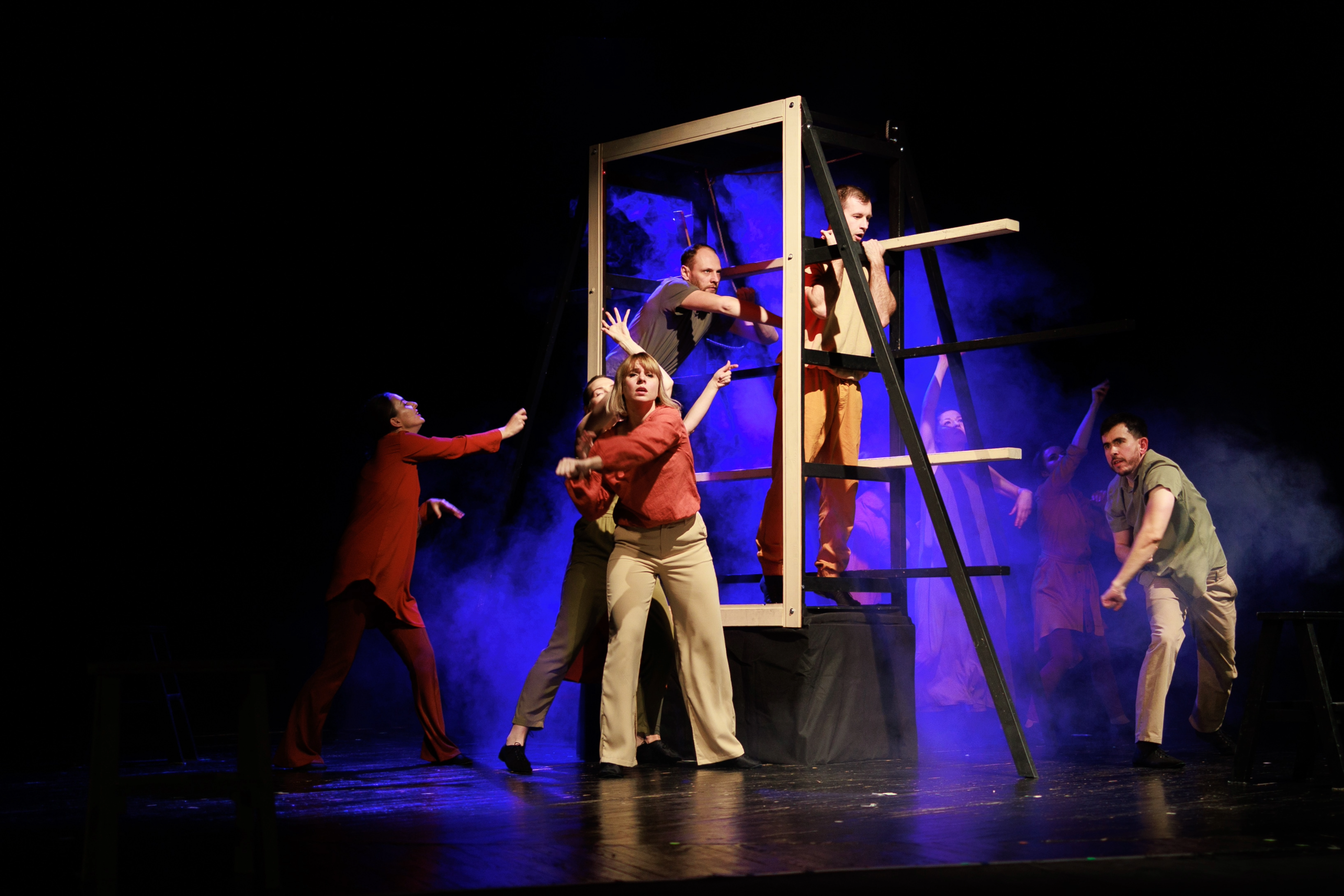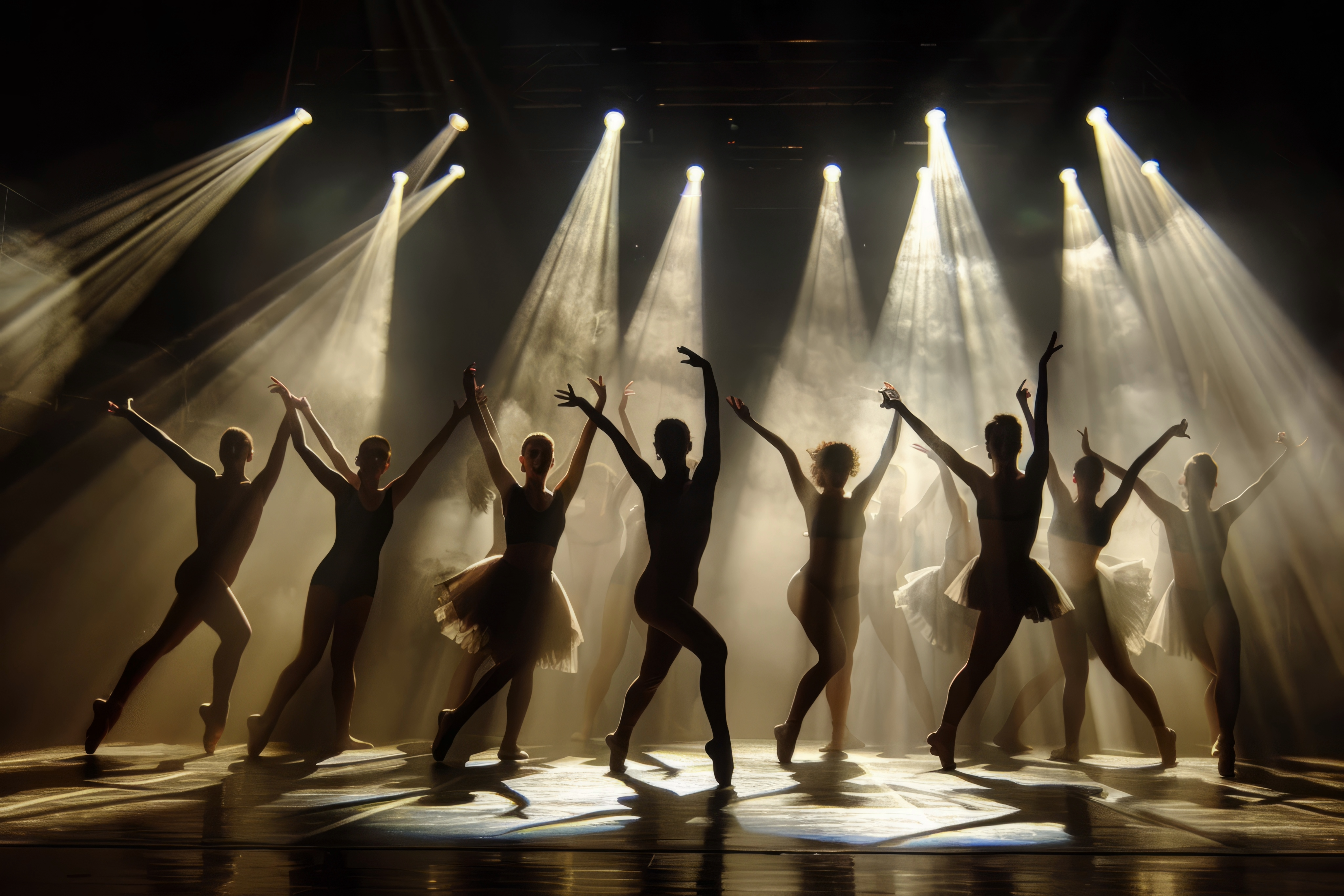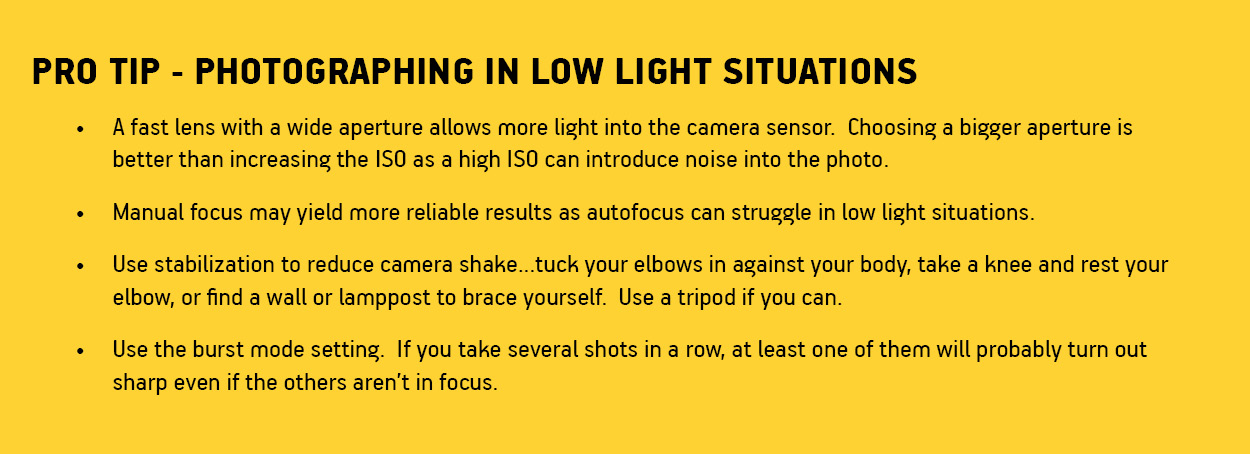- 2 Minutes to read
- DarkLight
Stage Photography
- 2 Minutes to read
- DarkLight
Stage Photography encompasses a variety of settings and performances, such as concert photography, theatre photography, and dance photography. Each type of stage photography presents unique challenges and opportunities such as dealing with low light, fast movements, and the need to be unobtrusive.
Understand What You Are Photographing
You want to be as prepared as possible prior to the event so you'll be able to capture the most important parts from the best possible angle...a musician's solo, a dance move, a particular act in a play, etc. To do this, attending rehearsals is a good idea (if you are able). You can see how people will move around the stage and on which side of the stage they're on most.
If you are allowed to attend dress rehearsals, this is a great opportunity to try different angles and experiment with camera settings without worrying about being a distraction to the public. This is also a good time to take backstage photos.

Understand the Atmosphere
The essence of stage photography lies in capturing the atmosphere of the performance, whether it be a ballet recital, a high school musical, or band concert. It's not just about taking photos but about conveying the emotion and energy of the moment to be able to tell the story. There are light patterns and shadows that will all contribute to the mood, and mastery over your camera settings will allow you to portray the ambience authentically.
As you are taking those shots, be mindful of the character's emotions and interactions, the significance of the set design and props, and the way lighting accentuates or shadows specific moments.

The Challenges of Low Light Conditions
Low light conditions present unique challenges for stage photography. You need to aim for a balance between ISO, aperture, and shutter speed to maintain image sharpness without introducing excessive noise (like unwanted background noise in an audio recording, digital noise in an image manifests as random speckles or grain that degrade its quality).

Stage Photography Etiquette
The first, and most important rule, is to respect others. That means both the performers and the audience. Don't move around too much and don't make noise. If you want to move around more freely, consider shooting from the back with a long telephoto lens.
Ask the organizers if there are rules about where you can stand and for how long. For a concert, for example, generally photographers can shoot the first three songs and then they have to leave the pit area.

